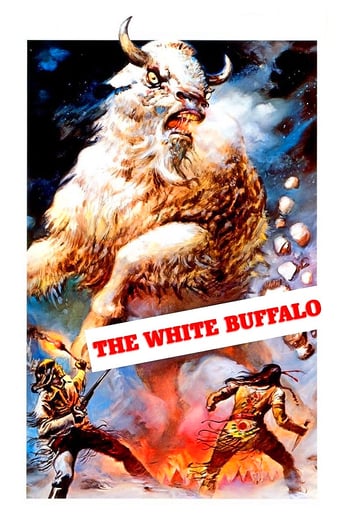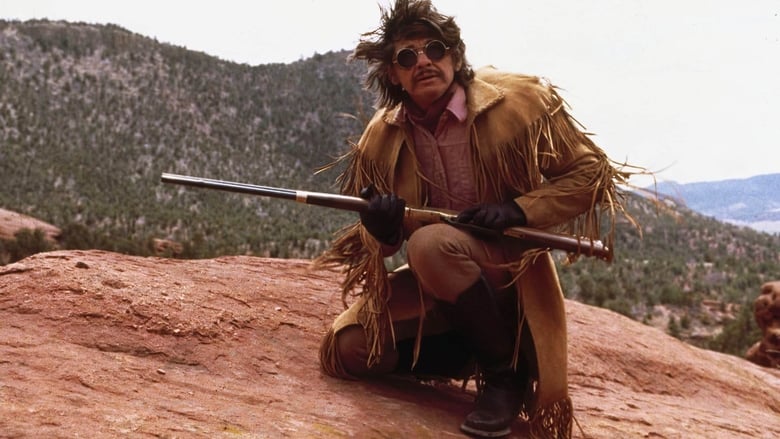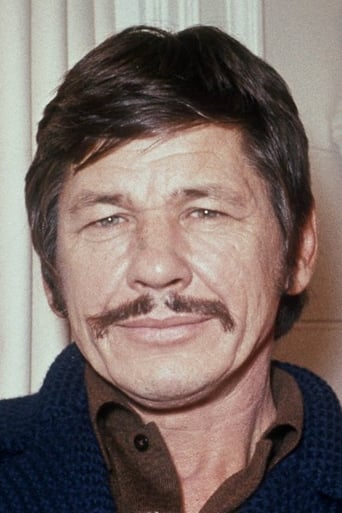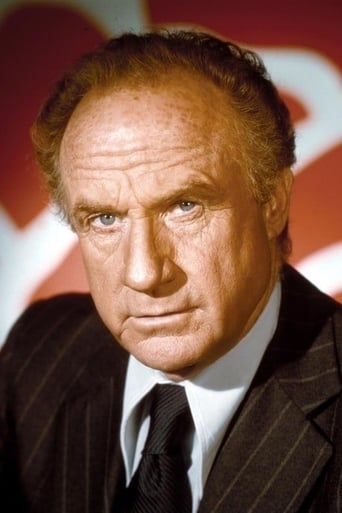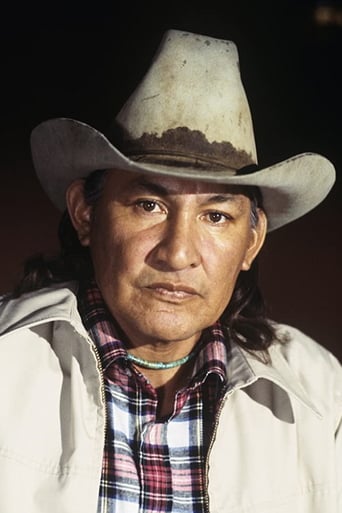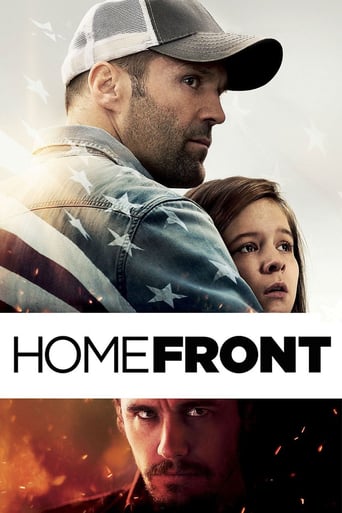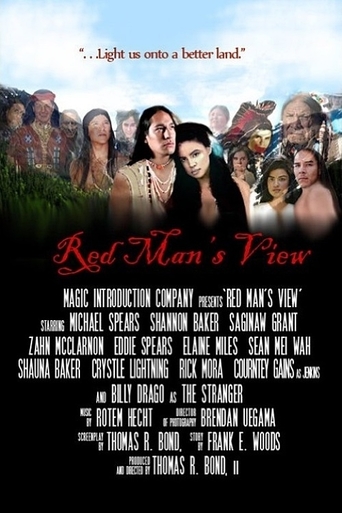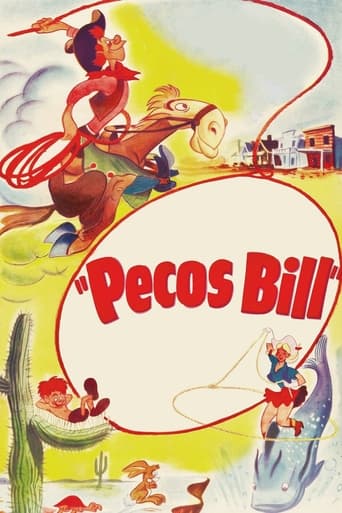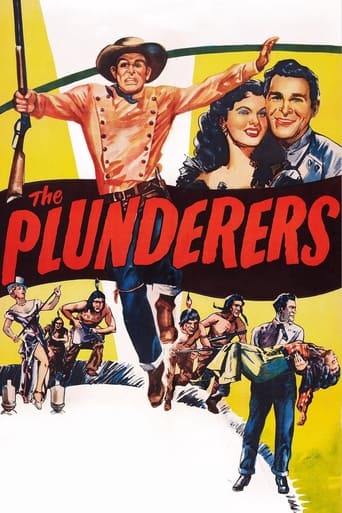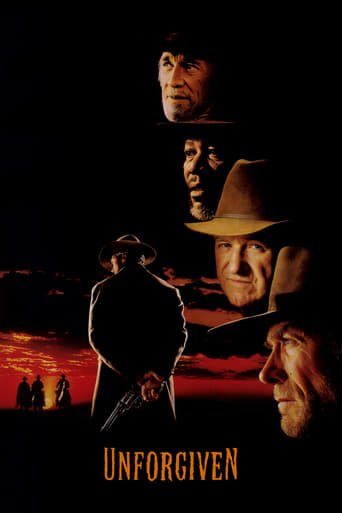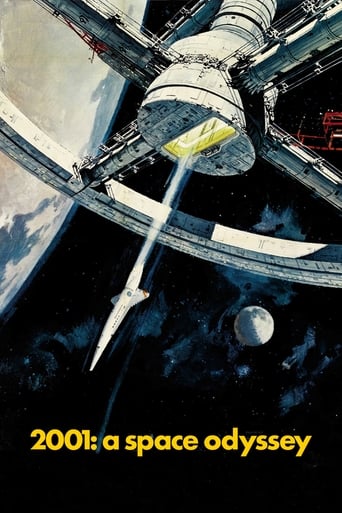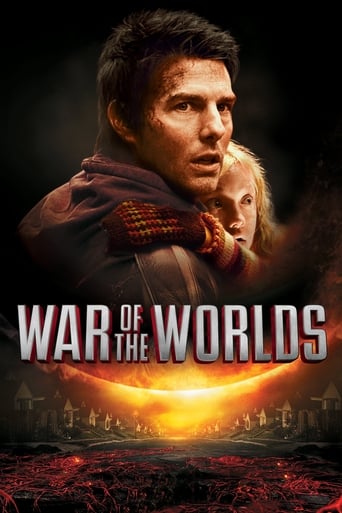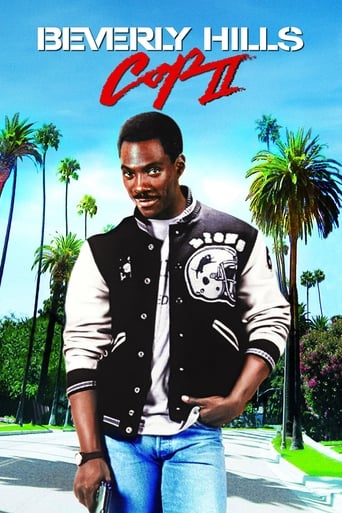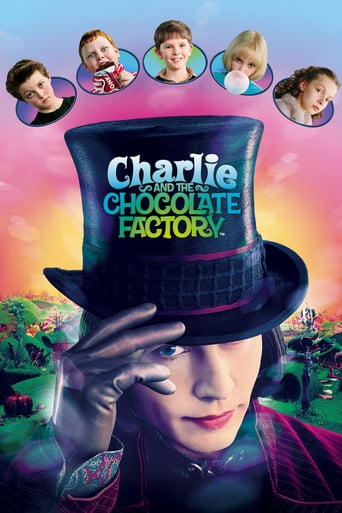The White Buffalo (1977)
In this strange western version of Moby Dick, Wild Bill Hickok hunts a white buffalo he has seen in a dream. Hickok moves through a variety of uniquely authentic western locations - dim, filthy, makeshift taverns; freezing, slaughterhouse-like frontier towns and beautifully desolate high country - before improbably teaming up with a young Crazy Horse to pursue the creature.
Watch Trailer
Cast


Similar titles
Reviews
In my opinion - (Back in 1977) - If the genre of the Western wasn't already dead at that point, then, you can be sure that "The White Buffalo" permanently killed it.Featuring a totally laughable-looking (mechanical) albino buffalo (with a nasty mean-streak) who loves nothing more than to deliberately bulldoze straight into people (regardless of their race).....This Western/Horror/Fantasy film (set in 1874) also spotlights "Old West" legend, Wild Bill Hickok (in shades, no less) who's such an ace marksman that when he fires a single bullet from his trusty pistol - (get this!) - Three bad guys immediately fall dead on the spot.From start to finish - "The White Buffalo" (which stars a cast of worn-out looking actors) is an absolute embarrassment on all counts.The whole story is nothing but a 95-minute build-up to its climatic final showdown between Wild Bill and "you-know-who", which (unfortunately) quickly deteriorates into pure slapstick comedy.
This is one movie, it pays to revisit OUT of the context of its time. I think we need to stop comparing it to Jaws or King Kong. I think the relationship between the leads is much more important, and I liked the character development devoid of many Bronson films. I liked the fact that creature special effects were "in the camera", animatronic rather than CGI. To be frank, CGI had NOT risen to the level of creature creations--stop motion, which was not used, was mainstay until the early '90's, even in Star Wars sequels five years later. And the mood music? The music is extraordinarily moody--this is a monaural track, yet it filled the military theater in Frankfurt Germany where I served back in '77 and paid my 50 cents to see it. Maybe the mood of the movie is too dark. Maybe it's too cold, it left me shivering. Maybe we're not supposed to think about characterization and WB makes you think about the relationships between the characters, and that's not what Bronson movies were supposed to be about. Maybe we don't like a little hard work.Give this one a chance. I think it is top notch.So hang up your prejudices and sit through it as if you never saw Bronson, or Will Sampson, or Jack Ward or Clint Walker in any previous role, because they're all outside the box in this one and they pull it off in my humble estimation.And that makes it one of my all time favorites.
"It's not down on any map; true places never are." ― Herman MelvilleLee Thompson's "The White Buffalo" is a fine western undermined by a number of unnecessary dream sequences and poor special effects. The film stars the inimitable Charles Bronson as Wild Bill Hickok, an ageing gunslinger who team up with Chief Crazy Horse to track down and kill an infamous, murderous white buffalo.Though resemblant of Moby Dick – our heroes are a pair of violent obsessives - the film, like most westerns released after 1961, also functions as a giant allegory for the passing of time, the death of an era, and the slow demise of the Old West and its assorted totems (cowboys, wagons, Indians etc). In this regard, most Westerns are thoroughly stupid (everything from "Once Upon a Time In the West" to "The Wild Bunch" to "Junior Bonner"), using steam-engines, railways, machine guns, automobiles, trains, electricity, buffalo's or blaze of glory bloodbaths as clunky "metaphors" for what is essentially the death of a false image. Few genres are more self absorbed, mournful and dangerously nostalgic as the western.Bronson wears unusual sunglasses in this film; round lenses with leather side-guards. Were these available in the era depicted? 6/10 – Worth one viewing.
First, thank you if you are reading my review. Second, I highly recommend if you read mine, you read Jaibo of England review. It is one of the best reviews I have ever read here, and I feel that he fully gives one of the best analysis of a film I have ever seen.First, when this film came out, it was a bomb with both the critics and audiences, though I have recently read that it was a big hit in Asian countries. One writer has said this is the film that sank Bronson's career as a superstar, which is not true. During this era of Bronson films, his films after Hard times were really not all that well received. One problem with the critics of the film was their complaint about the silly looking White Buffalo, also the complaint was that it was trying to be a Jaws on Land. I believe I remember Bronson talking about this future film on the Mike Douglass show, and he appeared to have high hopes for it, mentioning Richard Sale the screen writer.When, however, all is said and done, and the film is finished. You have a point where a film is a new product, put out on the market. After that, and a lot of thanks to DVD's and other media, we can reexamine a film years later, and White Buffalo deserves reexamination.First, after Hard Times, I think that this is Bronson's best movie. Somehow, I feel that if this had come after Hard Times, it might have gotten better reviews, and seen for what I think what it is, an examination of white man's guilt.In the previous decade,with the civil rights movement, the Farm workers movement, and also the rising of Native American people, it often seemed that white Americans were being accused of somehow being enemies of humanity, and should somehow feel white guilt. White Buffalo metaphorically explores this idea through the character of Charles Bronson as Wild Bill Hickok.When Hickok arrives in the first town, he comes across a bunch of bones of dead buffalo, watching this scene, I could not help but think of the death camps of Europe during world war II. What is also interesting in this sequence, is that the first people who try to kill him are members of the US Cavalry, in a bar, by orders of one Custer, who does survive. According to IMDb, his name is Tom, whether he is supposed to be a George Custer is probably the case. Instead of previous films of lets say a John Wayne, where the cavalry comes to the rescue, here we are almost given an idea, and it the behaviors, of these men not being much different from German soldiers as depicted in films like "Where Eagles Dare".Hickok of course in the film is haunted by nightmares of a white buffalo, that he feels he must kill. He is told that the last white buffalo was killed, but that of course will not be the case. As another, he is told by Charlie (Jack Warden), is also around. He also says in his dream, this buffalo of his nightmares is in snow (white). and it is there that this buffalo must be killed. When Charlie asks Bill how many men he has killed, Bill can't say, but he tells Charlie that most of them were red men. He even states that an Indian is a better man dead. Will Sampson as Sitting Bull, wants to kill the Buffalo, because his child was killed by it, and his child can not rest peacefully in the other world until the buffalo is killed. When we see the Buffalo going through his village, killing all along the way, in this Kwaidanesqe sequence, we are reminded of earlier films from say 'Little Big Man' when the US Cavalry was shown massacring an Indian village. So while not a nightmare of Sitting Bull, it is certainly his metaphor of stopping the white man from trampling on his tribe.While it is true that Bill and Charlie help Sitting Bull kill 15 other Indians who would kill Sitting Bull, one realizes that Bill see's this as getting rid of 15 other Indians who might be a threat to Charlie and himself, not out of compassion, and also as a way to hopefully make this lone Indian not try to cause them harm. Later Sitting Bull will repay the favor to Bill by killing someone out to get him.While the buffalo in Bills dreams is a metaphor of his guilt, and what he has done to others, it is clear that Bill does not understand the meaning of his nightmare. This is brought out when he gives a speech to Sitting Bull about this expansion of the white settler, and that this is just part of the cycle of nature.This part of this not understanding, is perhaps some what is Bill is on the way to death. In the end, by his one more time befriending Sitting Bull, Charlie will reject and leave Bill, and sitting Bull will say we must never meet again. Bill is more lonely now, and his involvement in this venture will as we will know from history, and learn at the end will not save him. Sitting Bull we are informed will have been killed a year after Bill. Both will be killed by white men.How sad that critics at the time, and some still today did not view the film as a poetic work of art that it is.

